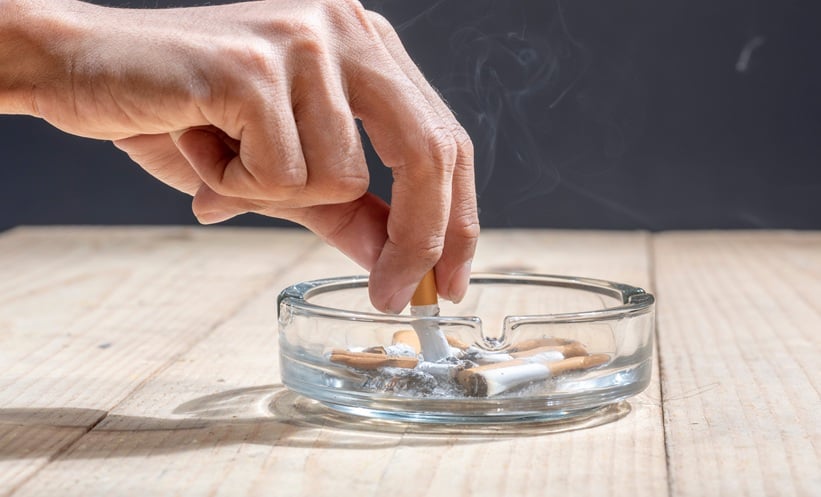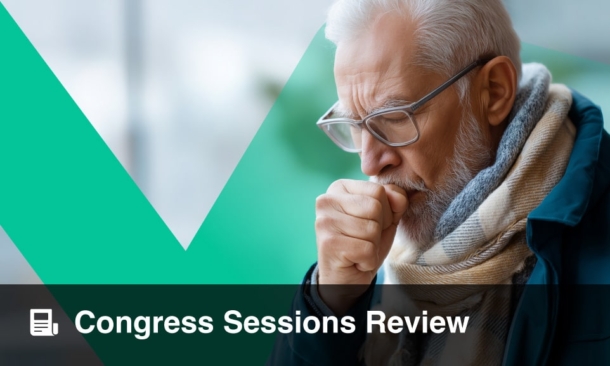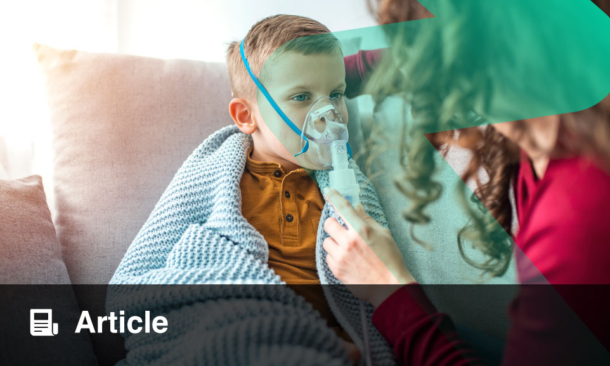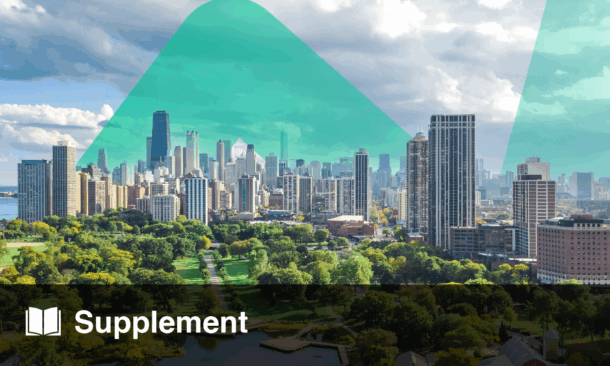SLOW-PACED breathing (SB) significantly reduces state anxiety while enhancing brain activity, specifically in the midfrontal region, according to the results of a new study. These effects persist even after exposure to aversive visual stimuli, making SB a potentially effective intervention for stress management.
In the study, 17 healthy participants were asked to perform slow-paced breathing exercises (4-second inhalation, 6-second exhalation), and their anxiety levels, brain activity, and heart rate variability were assessed. The participants also underwent a resting breathing (RB) condition for comparison. The results showed that SB significantly reduced state anxiety as measured by the State-Trait Anxiety Inventory-State (STAI-S) scale, both immediately after the breathing task and after viewing stressful images.
One of the key findings was that midfrontal relative left frontal alpha (rLFA) activity significantly increased post-SB, indicating improved brain regulation over emotional responses. This enhanced brain activity was linked to the buffering of anxiety after participants viewed visual stressors. Interestingly, lateral frontal rLFA did not show significant changes, highlighting the role of the midfrontal area in emotional regulation.
The study also observed changes in heart rate variability, with SB associated with lower RMSSD immediately post-task. However, this effect did not persist after exposure to the aversive stimuli.
These findings suggest that SB could be a valuable tool for managing anxiety, enhancing neurophysiological resilience, and promoting better emotional control during stress. By targeting the prefrontal regions of the brain, SB offers an accessible and practical technique for reducing anxiety and improving stress responses.
Reference:
Iwabe T et al. Slow-paced breathing reduces anxiety and enhances midfrontal alpha asymmetry, buffering responses to aversive visual stimuli. Front Hum Neurosci. 2025;19:1605862.








